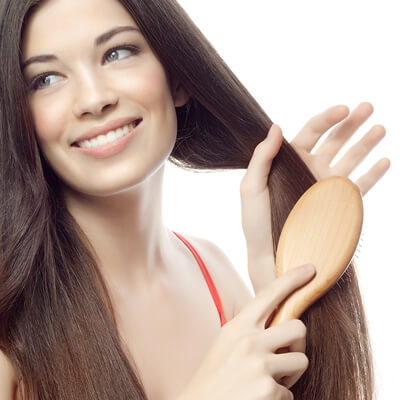12 Essential Hair Care Tips for Teenagers
Hair is very important during adolescence. It enables young people to be different and to feel attractive. However, when hormones kick in during the teen years, it can become more of a hassle.
Having great hair also means having a healthy way of living; it’s not a gift of nature. Therefore, looking for simple ways to care for your hair can make a difference.
Here are 12 simple and essential tips to adopt:
- Have a trim every 6 week. It’s important to keep the ends healthy.
- Apply olive oil on the ends before jumping in the shower; it’s a quick moisturizing treatment.
- Avoid hot water that can dry up your scalp and hair.
- Use gentle products suitable for your hair.
- Styling tools can have a negative impact on your hair; limit their use. Use a hair dryer with less than 1200 W.
- Protect your hair from the sun, salt or chlorine from the pool. The swim cap can seem ridiculous, but it’s pretty useful!
- Limit styling treatments like bleaching, dyeing, waving and straightening to twice a year
- Treat dandruff as soon as they appear. The scalp skin is slightly acid, which protects against bacteria. Shampoos with a basic pH can neutralize this effect and encourage their proliferation. Ask a professional to choose the right treatment. And also try this old wives’ treatment, it’s always useful: to reacidify the scalp, add a few drops of vinegar or lemon in your rinsing water.
- Avoid massaging the scalp to stimulate sebaceous glands and make hair oilier. Many adolescents have to deal with this problem, and daily washing amplifies the problem. Choosing a suitable shampoo that does not damage or dry up the scalp is essential.
- Teenagers like having fun and staying up late. However, a good night’s sleep is very important to shine up to the ends of your hair!
- Use a comb with rounded ends or a soft brush. Avoid brushing too vigorously, it makes hair oilier and take it easy when they are wet. Do not forget to clean your tools regularly.
- Watch what you eat. A diet that is high in fat and sugar is never recommended.



